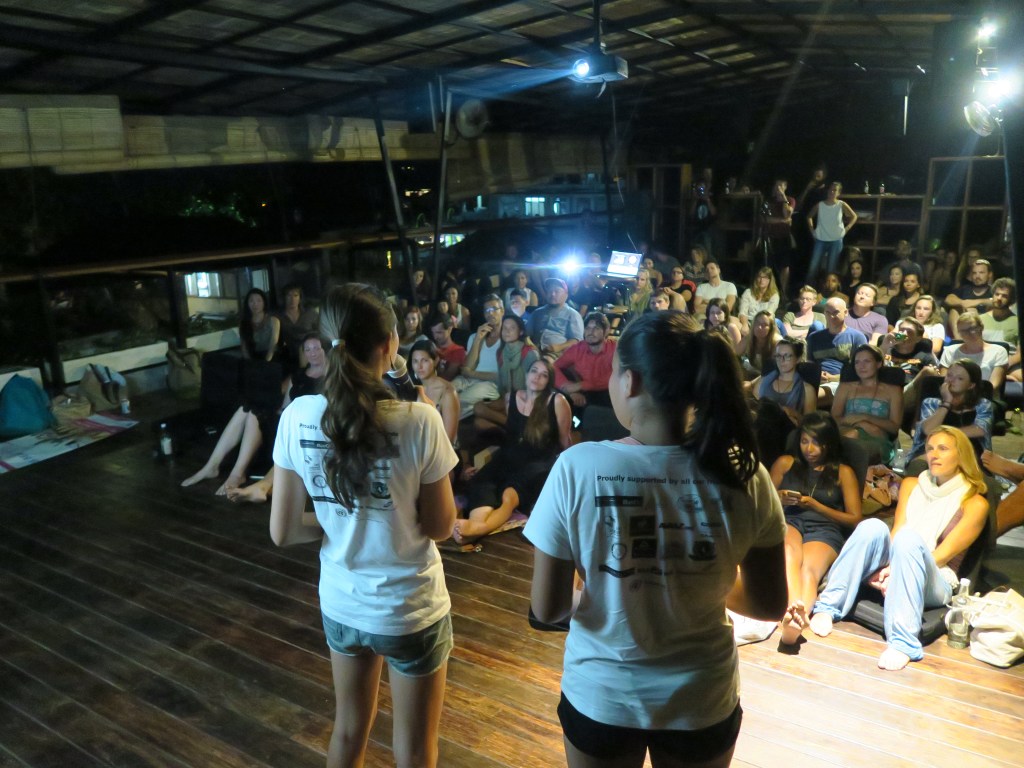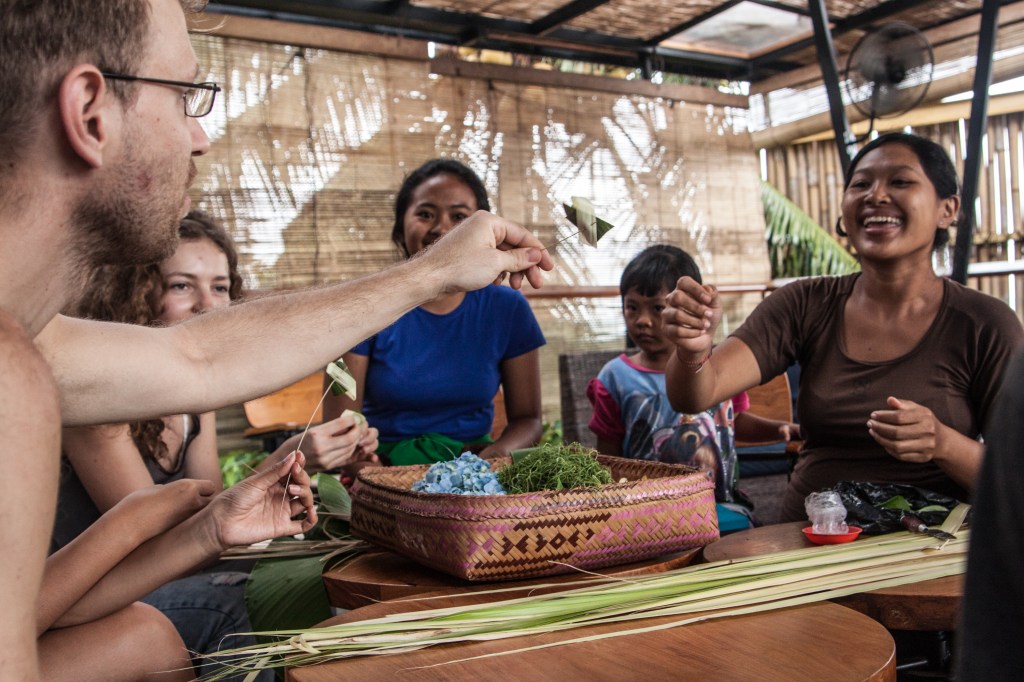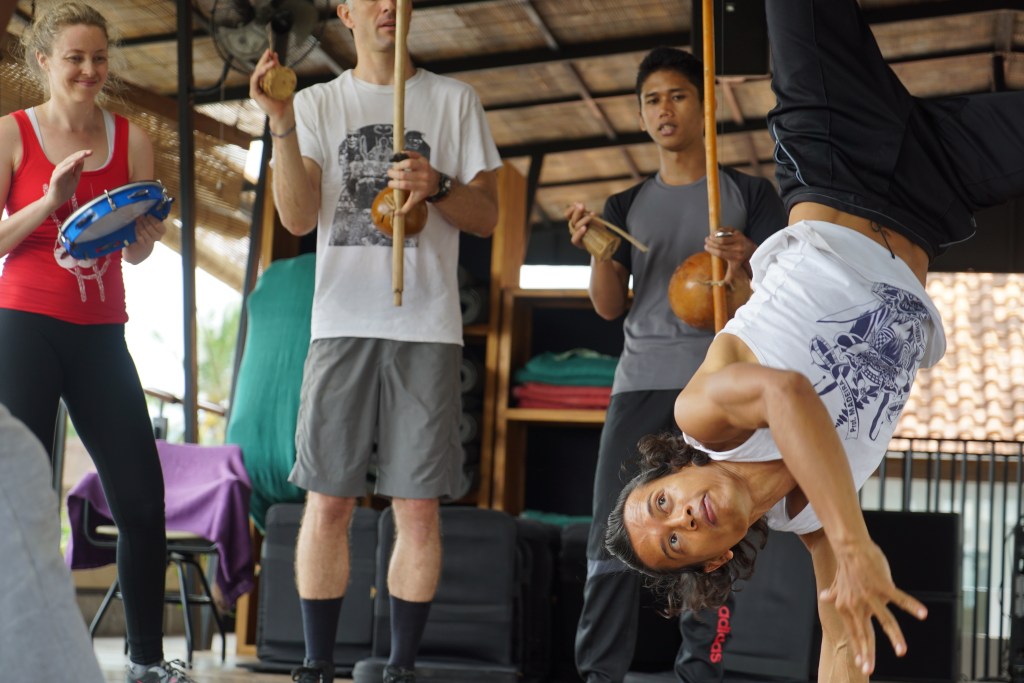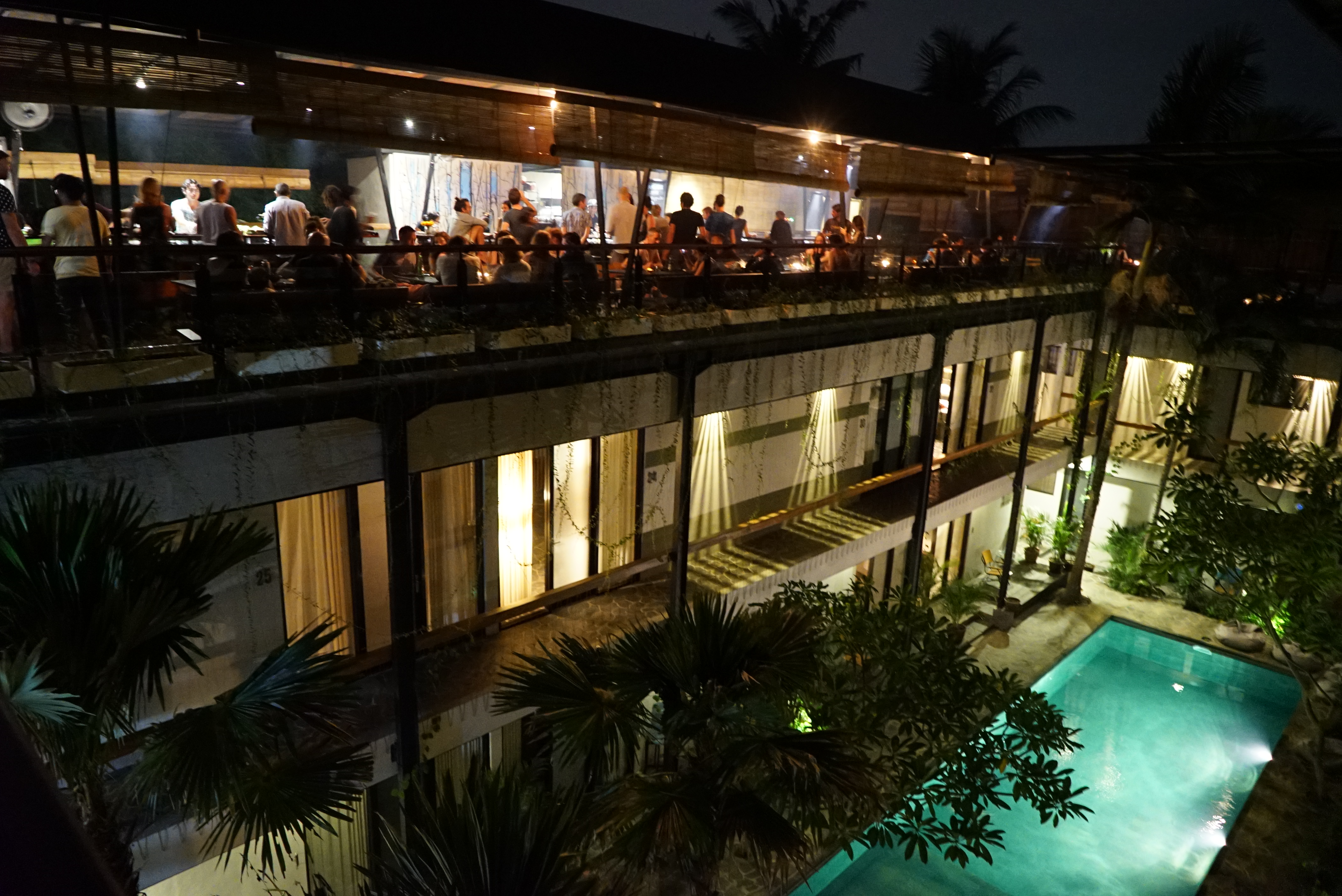Update: I decided to leave this company and am no longer affiliated with Roam Co-Living.
I’m moving into a columnist role at TechCrunch and onto some new projects. One is called Roam Co-Living. It adaptively reuses space for communal living and location independent workers in other parts of the U.S. and world, starting in Miami and Indonesia.
Although this work will mostly be outside of the San Francisco Bay Area, I’ll still weigh in and write occasionally on tech, political and local land-use issues as a columnist.
There are several motivations behind this:
The Bay Area’s governance, land-use and taxation issues
The first part is that I think any kind of real structural reform in California is still at least a decade out — if not longer than that. With the sell-off in public markets, there is some relief coming to the very high-end segments of regional real estate market.
But it’s temporary because the underlying structure of the region’s fragmented governance, restrictive land-use and taxation policies still favor ever-rising real estate prices. These patterns date back to the 1970s and they operate both at the hyper-local and California state levels. They are embedded in both the judicial and legislative arms of the state. They have withstood many boom-and-bust cycles. They will persist long afterwards.
They cannot be solved solely by the private sector. Changing them will probably require re-evaluating Proposition 13, re-considering single-family zoning and shifting land-use control from a neighborhood level to a regional level, especially in wealthier communities that have effectively pulled up the drawbridges behind them. All of these ideas are anathema to the older, property-owning generation. To put this in perspective, these policies either haven’t been touched in 40 years or have never been pulled off in the entire history of the state of California. Less politically controversial but still financially infeasible is the more than $10 billion of dollars of investment that is needed for both public transit in BART and Caltrain and a regional fund for affordable housing for low-income communities.
So I personally think one faster solution — which is already naturally happening — is to work with lots of other spaces and cities.
Nomadic living
The second part is about the way that I’ve lived my life for most of the last 10 years. A decade ago, I stepped off a plane and lived abroad for the very first time. I was working as a financial journalist in Buenos Aires, interviewing everyone from cattle traders to stock brokers to retail business owners. Then I spent the next year living everywhere from sharing a single room with nine Vietnamese young women in an outer district of Hanoi for several months before moving into Spanish Harlem.
It completely changed my perspective. I haven’t had a conventional office job in years.
Even though a lot of my work is associated with California, I spent about one-third of every year overseas and I’ve lived this way for most of the last decade. I wake up in entirely new places many days of the year, sometimes in rural Western China and sometimes on the Rwandan-Democratic Republic of Congo border. Having a conversation with someone completely different from you, whether that’s a young and ambitious Beijing entrepreneur or a Naxi farmer on the other side of China, is humbling. It’s a visceral reminder of all the myriad ways that people can live and how societies can be structured.
Over the years, I’ve also become very familiar with some of the problem areas of this particular lifestyle, from managing time zone differences to unexpectedly not having reliable wi-fi or power to just being alone and on the road a lot.
While this emerging location independent lifestyle has some people calling themselves “digital nomads,” I’m reluctant about that term. For me, that term feels like it implies a lack of responsibility to places and communities because of its transience. In this work, I’m actively trying to get to know people who’ve been in communities for decades or years and have built institutions in them.
That means getting to know artists who’ve lived here for four decades or non-profits that do digital skills trainings or distribute tech products, so that people who live with us are informed and conscientious about the broader community they’re immersed in.
In our first space in Indonesia, we’ve held language classes and invited in young-and-coming local chefs to do pop-up dinners. At one of our last speaker nights, two Balinese girls came in to talk about their island-wide environmental campaign to end the use of plastic bags.

When new members moved in earlier this month, they went with local families to the temple for an odalan ceremony on their very first night.
All of this work has been a crash course in the peculiarities of local land-use law and community development. There are many dynamics in Indonesia that are reminiscent of what I see in the U.S. and there’s this tension between collective adat structures around village land and the emergence of individualized, private ownership that has fueled the rapid conversion of agricultural land into tourism-centric development.

Making the base for canang sari, a Balinese ritual offering.
Back in the Bay Area, I often get the question from longstanding locals about why young people don’t move elsewhere.
First of all, they do. But second of all, the pressures that cities like San Francisco or Oakland face are pretty universal and I’ve seen them everywhere from London to Portland to New Orleans to Southeast Asia and even in very particular neighborhoods in Detroit. The global population is both growing and urbanizing, and managing infrastructure and workforce development is profoundly difficult everywhere.
I’m hoping to do a book at some point when I have time on all of this, and this comparative work will inform that.
Promoting new housing, architecture structures for communal living
The final part is the community living aspect. I grew up in a California suburb in a tract home built in 1967, when the state was in its high-growth years. Many of the region’s fruit orchards were quickly turned over into tracts of single-family detached housing.
The single-family detached home is an iconic American housing product. But I think its share of the U.S. housing stock at 63.3 percent is over-indexed to where it should actually be, given demographic changes like longer lifespans and delayed marriages. Today, almost three out of 10 Americans lives alone.
I believe part of the reason that cities have come back into vogue is because they provide a kind of built environment that works for people who aren’t in nuclear families but are still seeking community.
Changing this to provide alternatives is not as easy as it seems. The problem with building so-called “co-living” properties is that there just isn’t a lot of inventory, especially in places with high-land values like San Francisco. This is why many attempts at “co-living” either come out expensive relative to the local market or involve aggressive subdividing or overcrowding with bunkbeds.
There are some bootstrapped communities like the Embassy Network or charitably-subsidized communal houses like The Growlery in San Francisco that do a good job at walking the fine line between these pressures. But it’s very challenging given the way the American housing system works.
The U.S. is unusual in the sense that it has not only has a high percentage of detached single-family homes, it also prolifically uses single-family zoning, which bans all other kinds of multi-family housing. Housing options in American metropolitan regions are binary; you can either find ultra-urban neighborhoods or low-density suburbs without much “missing middle” housing options in-between the two.

What we’re doing
So the experiment with Roam Co-Living is about seeing whether it’s possible to do something attractive that’s really high-quality in community, design and finish elsewhere. The first location is this beautiful, newly-architected space that just opened in Ubud, with another one in Miami coming in May. We are definitely interested in lots of American cities as well.
We envision well-design spaces with many kinds of people from different professions, countries and passions. So far, we’ve had people coming to live in the space from a woman writing her first screenplay in Bahasa Indonesia to a French-Moroccan woman running dozens of events on womens’ rights throughout the Middle East to the founder of Berlin’s first co-working space, Betahaus, to a British adventurer and festival organizer who broke his foot on a 1,000 mile walk through Palestine to software developers building their first prototypes. The space on the roof is getting opened to bi-weekly yoga jams, and capoeira classes from one of the best Javanese teachers.

Roam Co-Living is still in experimentation mode and we are open to lots of debate, ideas and suggestions. We hope to be transparent in what we learn as we go. In the meantime, I’m continuing to post a sort of long-term roadmap for the Bay Area to be taken up again in the future.
If you’re interested in being part of this experiment in Bali, Indonesia or joining the founding community in Miami starting in May, drop us a line. Maybe you’ve been working or living somewhere, and you want to try something totally new or just get away. Let us know.
Also, feel free to ask me lots of questions. I’m hoping to continue the debate (both locally and globally) no matter where I am.
Kim-Mai Cutler
https://techcrunch.com/2016/03/17/a-global-experiment-in-co-living/?ncid=rss
Source link



